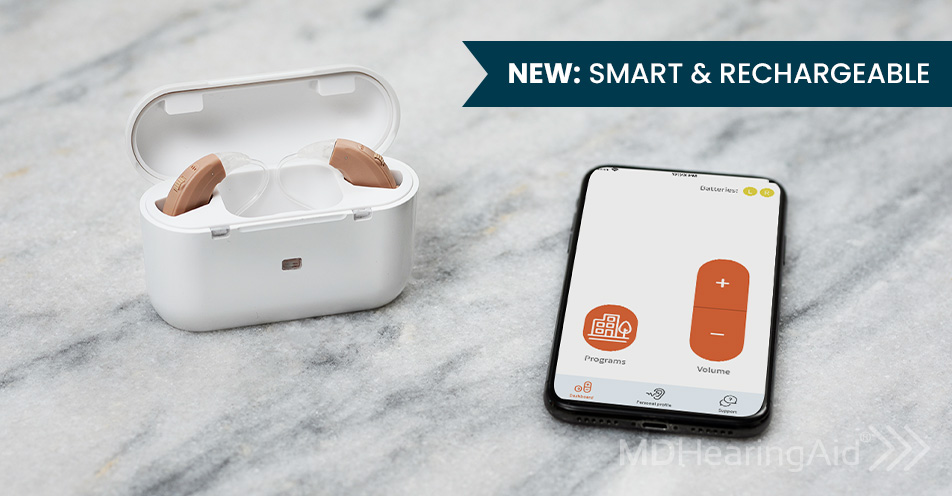
There are many gadgets and gadgets available these days. These devices have made our lives much easier and more enjoyable. While many gadgets are mechanical, some are powered by batteries or motors. You can make an almost endless number of inventions by using the right gadgets and carefully designed circuits. Some of the coolest gadgets include a remote controlled car, burglar alarm, and a flashlight that can turn on and off with a wave of the hand. Some of the parts can be repurposed for a variety of projects.
The best thing about gadgets and gizmos is the fact that they can be used to teach children about science and engineering in a way that is fun, hands on, and a lot more educational than simply sitting in a classroom. This makes it an excellent addition to any school makerspace. It can also help kids become engineers and inventors. If kids understand that they must design a device to convey their message, they will be more likely follow directions and to create the right device.
To test the gadgets, you can rotate the sets and see what each child invents. Although you may need to wire the power cord again, the novelty factor will be higher and all children in your school can show their engineering skills. If cost is a concern, you might consider buying one or two sets of power cords and rotating them every few weeks. In this way, you can get the most out of your purchase and give all your budding inventors a fair shot at the prize.
Gigantic gadgets and gadgets are not for everyone. It will take some time to create the gadgets and learn about their working principles, but the end result is well worth it. They're also a lot of fun. To get the most out of it, enlist the help of a responsible adult. Fortunately, there are plenty of great resources on the Internet to guide you through the process. LittleBits has everything you need, from the simplest projects to the most complicated inventions.

FAQ
How can you avoid fraud online with credit cards?
When you shop online using credit cards, ensure you carefully review your statements before making any purchase. Only pay the bills you owe. Check your bank statement frequently to see if there's anything suspicious going on. If you notice any unusual charges, call your card issuer immediately. They will cancel the transaction and usually refund any money taken from your account.
If you think you've been scammed, contact your local police department. The Federal Trade Commission can also be contacted.
Where can I find coupons for online shopping?
There are two ways you can find coupons online: 1. Visit the website of the company where you intend to shop; 2. Search Google to search for coupon codes. While both methods work, some websites might be more difficult to navigate.
How do I do smart online shopping?
Smart shopping online allows you to save money and not compromise on quality. Here are some tips.
Start by shopping around. Compare prices to find the best deal.
Second, you might consider cash back apps like Ebates. They work similar to cashback programs found at physical stores. Their app allows you to earn points based upon how much you spend. Then, you can redeem those points for gift cards or discounts.
Third, look out for promotional codes. They can be found at sites such as RetailMeNot.com. You just need to enter the code when you checkout. Your savings will appear immediately.
Don't forget clearance sections! Often times, you can find amazing deals on high end brands at discounted prices.
Why I shouldn’t believe the hype surrounding sales in online shops and stores?
Websites will sometimes inflate the initial price of an article to make it appear you are saving more than you actually are. You have to do your homework and ensure you get accurate prices. To make sure you don't lose the item, add it to your cart. Next, do a quick Google search of the name of the designer and the product type you are looking for. You might be surprised at how much you actually paid for the deal. You might even be able to find the exact same item at a lower price.
Can I use a debit credit card to shop online?
It all depends on what product you are purchasing and how much cash you have. You should consider a debit or credit card if there are no extra fees associated with using your credit card.
A debit card is a good option if you don't have enough cash to purchase a product.
You can withdraw money from ATM machines without any interest or additional charges with a debit card.
You can also buy groceries and petrol at ATMs. It makes it very convenient.
What if I want to buy clothes online?
Absolutely! It is actually much easier to buy clothing online. All major retailers offer free returns. You can simply print a label, and then drop it off in the mail.
However, keep in mind that you'll only receive a refund after receiving the item. If you do not like the product, you can return it.
Statistics
- The vast majority only change a password to protect privacy a few times a year (27 percent) or, more likely, never (35 percent). (pcmag.com)
- Last Black Friday, I bought a stove from Lowes at 40% off, receiving 24 months of interest-free financing (from Lowe's). (meetfabric.com)
- A report from the U.S. Census Bureau found that in the first quarter of 2022, an estimated $250 billion was spent on retail e-commerce sales.1 (thebalance.com)
- Your Online Purchases 79% of Americans purchased goods and services online in 2018, which is expected to exceed 90% in 2023. (meetfabric.com)
External Links
How To
What are the safest online shopping methods?
Secure online shopping is something that everyone who shops online should know. It is also important to know how to shop on different websites without being scammed.
Read on if you want to know what to do when buying items online! This article will provide you with all the information and tips to make sure that you don't fall for scams.
-
Do your research. Before you decide to shop online, it's essential to do your homework first. Check out customer reviews, get feedback, and seek recommendations from your friends.
-
Shop around. Compare prices across multiple sellers if you aren't sure if a particular shop is reliable. Consider price comparison apps like Amazon Price Checker or Google Shopping. These tools let you see which retailers have the lowest prices.
-
Pay attention to red flags. You should be alert for any red flags when you browse product pages. Many sites are fake and contain misspelled words as well as grammatical errors. These sites often sell fake products or incomplete products.
-
Pop-up windows are a danger. Pop-up windows are used by some websites to collect credit card numbers and passwords. These pop-ups can be closed by pressing "escape" and choosing another browser window.
-
Ask yourself questions. Consider the following questions when you visit a website: Is it trustworthy? Is it able to provide what I need? Can I trust the people behind the site?
-
Don't divulge your personal information. Never provide financial information such as your Social Security number, bank account number, or credit card details over the phone or via email unless you initiated the transaction.
-
Avoid clicking links in emails. It is easy to click on an email link and land on a phishing website that appears exactly like the real thing. Avoid falling for this type of fraud by only opening emails from trusted source (such as banks).
-
Use strong passwords. Strong passwords should include symbols, numbers, letters. It is important to keep your password confidential.
-
Take care when downloading files. Do not open attachments in email. Always download files directly from the source. Never open attachments that come from unknown senders. Also, delete attachments that ask for you to install a program as soon as possible.
-
Report suspicious activity. If you suspect your identity was stolen, immediately contact your local police department. You can also file a Federal Trade Commission complaint.
-
Protect your device. You should have anti-malware software installed on your computer. It can help prevent hackers from accessing private information.
-
Watch out for scammers targeting seniors. Seniors are especially vulnerable to scams because they are less likely to understand how to spot fraudulent messages and websites.